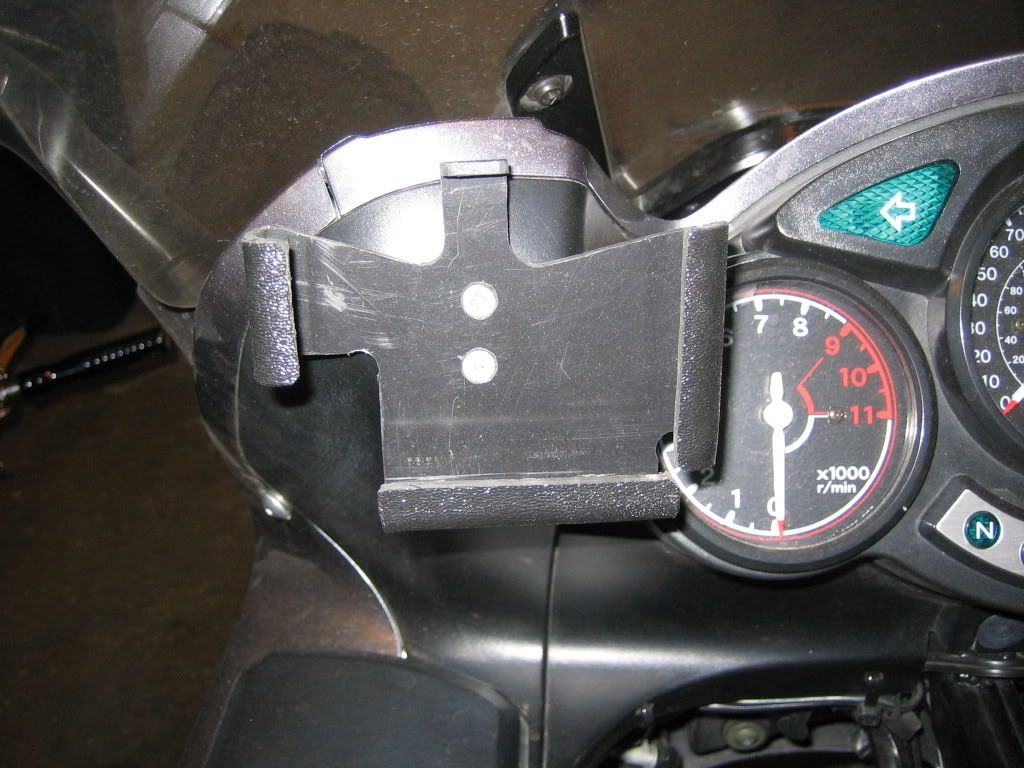quicksilver
So.., how fast does that thing go?
I found this link:
webikeworld
But thats about it.
Does anyone have any detailed guides for creating custom CF parts?
recommended materials, one-off mold making techniques, tools?
Photo guided instructions?
Perhaps laminating thin aluminum structures with CF?
Adding structure to CF for fasteners?
It looks more like art than rocket science.
The tricks seem to be about making it look good (professional)
Making hidden, just functional parts (not bling), looks pretty simple.
A little like paper-meshe except with fumes and fibers.
Although bling is good to.
For the crazy prices out there, this could be a fun hobby.
Maybe start with hidden pieces like gage tree, battery rack type stuff.
Then graduate to bigger more visual pieces:
CF front fender, sidepanels, undertail fender, rear subframe.....
oh the possibilities.....
webikeworld
But thats about it.
Does anyone have any detailed guides for creating custom CF parts?
recommended materials, one-off mold making techniques, tools?
Photo guided instructions?
Perhaps laminating thin aluminum structures with CF?
Adding structure to CF for fasteners?
It looks more like art than rocket science.
The tricks seem to be about making it look good (professional)
Making hidden, just functional parts (not bling), looks pretty simple.
A little like paper-meshe except with fumes and fibers.
Although bling is good to.
For the crazy prices out there, this could be a fun hobby.
Maybe start with hidden pieces like gage tree, battery rack type stuff.
Then graduate to bigger more visual pieces:
CF front fender, sidepanels, undertail fender, rear subframe.....
oh the possibilities.....















